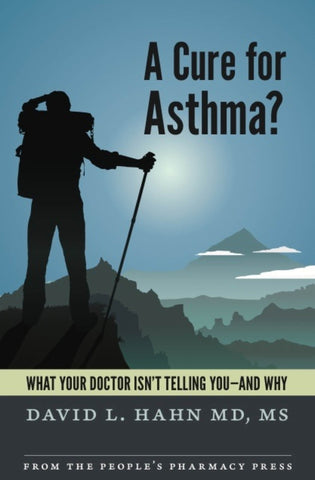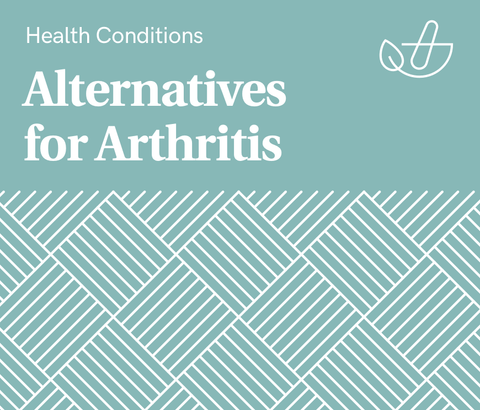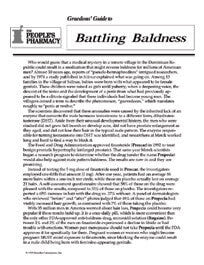Link to your individual collections by creating a new linklist in the Navigation section of the admin.
You can then have it appear here by choosing your new linklist under Customize Theme / Sidebar.

Show 1313: Avoiding Germs in Bathrooms and Bedrooms
This week on our nationally syndicated radio show, we learn where the most germs are lurking in our homes and workplaces. Public toilets often make people nervous, but in fact, says Dr. Chuck Gerba, cafeterias and break rooms are much more likely to harbor dangerous pathogens. What will help us in avoiding germs? Hint–keep on washing your hands! 80 percent of infections are transmitted hand-to-mouth.
The Bottom Line on Bathrooms:
The reason we might be concerned about public restrooms is the aerosol plume created when a toilet flushes. That problem is especially serious when the toilet lacks a lid to lower, as most public toilets do. Powerful water pressure can lead to greater aerosol dispersion, and each tiny droplet of water may be carrying invisible pathogens. As a result, surfaces like seats and counters may become contaminated.
Dr. Gerba has a couple of specific, and possibly surprising, recommendations. If you have a choice, avoid the middle stalls. Those are the ones more people use. When it comes to drying your hands, paper towels are better than air dryers. Again, that’s if you have the choice. Powerful air dryers blow droplets of water all over the bathroom.
Newer restrooms have made strides in reducing the number of surfaces people have to touch. Toilets may flush automatically, and taps may turn on when you wave your hands in front of them. During the pandemic, we all learned to wash our hands for 20 seconds, front, back and in between the fingers. But if somebody skipped that step, you might still not be avoiding germs when you use the door handle to exit. That’s why Dr. Gerba recommends that the last step, after you’re out of the room, be dousing your hands with sanitizer.
Sewage Surveillance:
Many microbes, including the viruses that cause polio or COVID-19, pass through the body into our waste. That’s why the public health practice of wastewater surveillance can be so useful. Dr. Gerba helped develop its use on the University of Arizona campus. Tracking pathogens in wastewater allows scientists to detect infections 4 to 10 days earlier than if they wait for someone to show symptoms.
Avoiding Germs Beyond the Bathroom:
Public (and private) bathrooms are not the only sources of microbial contamination. When Dr. Gerba analyzes workplaces, he finds one infected person can spread a lot of germs around quickly. The most contaminated spot, though, is the break room. People don’t necessarily think of sanitizing break room tables frequently, but a lot of people touch them. High-touch surfaces are great ways to transmit microbes.
In the same vein, the cafeteria is among the most contaminated spots in the hospital. Certainly, patient rooms can easily become covered in bacteria or viruses. However, in the cafeteria, people from all over come together, bringing their own private collections of microbes. All the surfaces they touch, including the tables, may pick up these hitchhikers that mingle with microbes from other people. Avoiding germs requires washing hands before and after a visit to the hospital cafeteria.
In general, washing before eating is a principle your mother or grandmother probably promoted. Pay attention! Better sanitation and greater care with handwashing helped cut down on colds and flu during the pandemic as well as COVID-19.
What About Sexually Transmitted Infections?
One durable myth that makes many people leery of public restrooms is that you could catch a sexually transmitted infection from a toilet seat. To find out if that is true, we spoke with Dr. Ina Park, a specialist in STIs. The short and reassuring answer is: you can’t catch an STI by sitting on a toilet seat. If you have a skin rash or broken skin on your bottom, you might want to protect yourself and others from a possible MRSA infection by using a disposable seat cover. That is one way of avoiding germs. Otherwise, the hazards of STIs lie elsewhere.
Dr. Park discusses a range of other sexually transmitted infections. Monkeypox is not technically an STI, but people can catch this virus through close personal contact. Dr. Park explains the risks in thoughtful detail. She also reviews important safe sex principles now that we are seeing a rise in STIs as fears about catching COVID seem to be receding.
This Week's Guests:
Charles P. Gerba is a professor of virology in the Dept of Environmental Science. He has authored over 500 journal articles, books and has been featured on numerous television programs and magazines. Dr. Gerba has an international reputation for his methodologies for pathogen detection in water and food, pathogen occurrence in households, and risk assessment. Dr. Gerba is the author of The Germ Freak's Guide to Outwitting Colds and Flu: Guerilla Tactics to Keep Yourself Healthy at Home, at Work and in the World.
Ina Park MD, MS, is an Associate Professor in the Department of Family and Community Medicine at the University of California San Francisco School of Medicine. Her website is https://www.inapark.net
Dr. Park is the author of Strange Bedfellows: Adventures in the Science, History,and Surprising Secrets of STDs.




